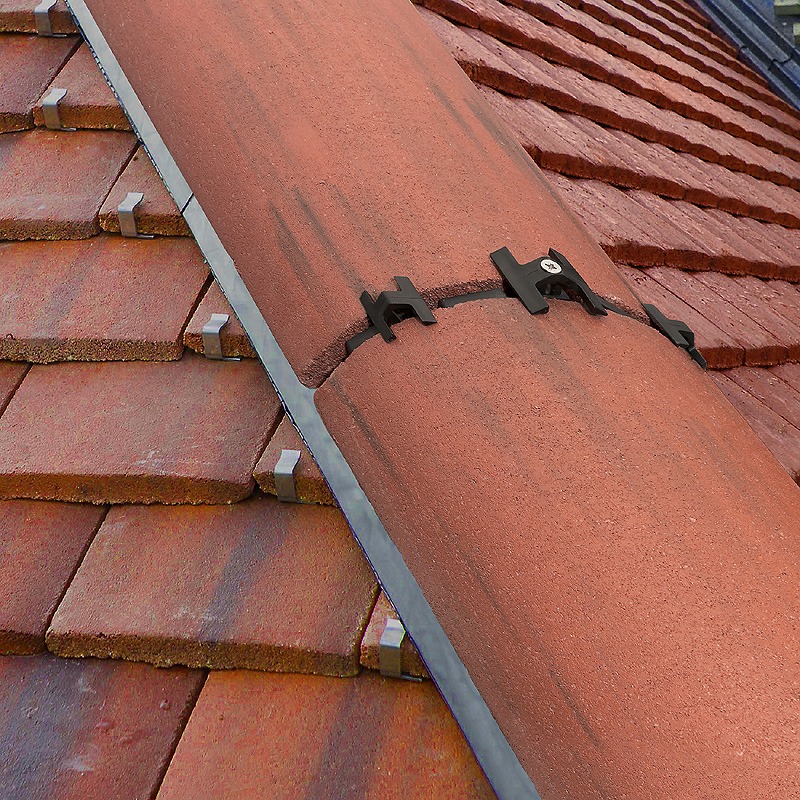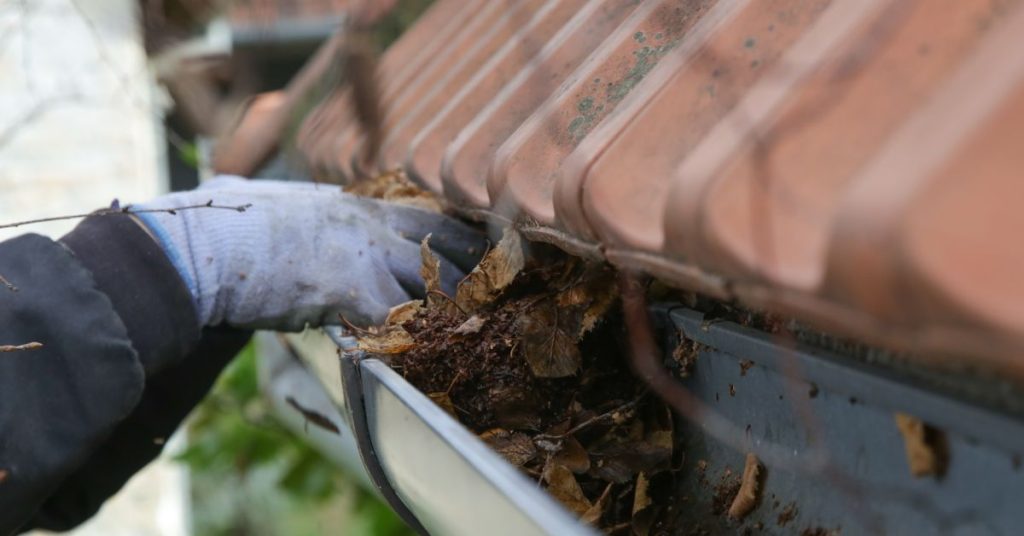
When was the last time you looked at your roof? While most of us regularly check the paintwork and clean the windows, it’s easy to forget about the roof that’s over our heads. If you have an older property in particular, then it’s worth getting a roofer to examine the pointing on your roof for signs of deterioration.
Older houses are likely to have cement mortar used for the roof pointing which is the same material that’s typically used for the bedding which holds the roof tiles in place. Both of these components are exposed to damaging natural elements such as UV rays, rain, wind, and dirt which over time break down the cement mortar.
This causes the tiles to loosen or slip and leaves them vulnerable to elements such as the wind and the rain. As a result, your roof may leak when it rains and there is a distinct possibility that your tiles could be lifted off in a strong wind and could cause damage to people passing by or vehicles parked near your home.
Re-bedding and re-pointing
When your roof needs re-bedding, we will replace the cement mortar and cover that with a layer of flexible pointing compound which strengthens the mortar’s hold on the tiles and provides a hardwearing protective layer which lengthens the life of the bedding.
Cement mortar was replaced in 1995 with a flexible compound for pointing and unlike cement, this won’t crack with the natural expansion and contraction of the roof.
The benefits of re-pointing
Re-pointing and re-bedding your roof can stop mould growing and water damage. Damaged mortar allows water or excess moisture to penetrate the inside of your property which not only promotes the growth of mould but can lead to additional problems.
Health risks from mould
Mould spreads quickly and can even enter your ductwork, posing a health risk for you and your family. It’s particularly serious for those who suffer from asthma, respiratory issues or allergies. Furthermore, removing mould takes time and is costly.
Wood rot
Excess moisture can also cause wood to rot and as this happens it becomes weaker until it cracks or breaks. Should supporting beams or joists rot, it could increase the risk of ceilings or floors collapsing.
Flooding
Damaged pointing or bedding also increases the risk of flooding. Damage to cement mortar can allow rainwater into your property which could pool in the ceilings or even run down the walls and into a basement, should your property have one.
These issues can impact the structure of your property particularly if water enters your basement. Constant exposure to water can cause the foundations to weaken and crumble and when this happens your entire home can be at risk.
Re-pointing your roof tiles is recommended to replace old-style cement mortar used for pointing before 1995. As already mentioned, cement is prone to shifting or cracking. Flexible pointing overcomes this issue.
Your tiles may even need pointing if your roof was constructed after 1995 as natural wear and tear can cause pointing to deteriorate.
How do I know if my roof needs re-pointing?
There are several signs of roof damage that can point to the need to have your roof tiles re-pointed. These include:
- Loose tiles
- Leaks in the roof
- Excess moisture
- Missing roof tiles
- Pieces of roof tile or granules in the gutter
If you notice any signs of roof damage then we urge you to let a professional roofer inspect your roof. Repointing can protect your property from further damage which could cost you far more in the long run.
Call The Roofman today on 0410 452 234 to arrange your FREE roof bedding and pointing inspection. We will provide you with a comprehensive report and a no-obligation quote for any work that needs to be done.


